Fascination behind monstrous crime series
November 28, 2022
True crime series are shows or movies based on true events usually with rare and unfamiliar detailed crimes. They can vary from mass murders and sexual violence to organized crimes and cults. The film aspect of these series is not the only thing people enjoy. True crime writings were what started it all.
True crime as a genre has been a hit for centuries dating back to the 16th century sometime between 1550-1700. British writers and printers produced a remarkable number of stories that covered on capital crime according to JSTOR Daily.
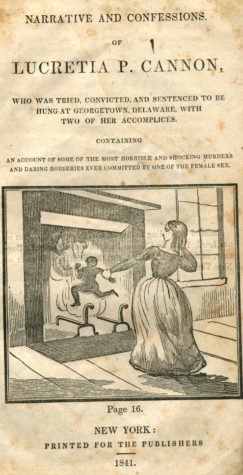
What we now know as an easily accessible piece of entertainment was once a luxury indulgence that the upper class only had access to. Regardless of the rising interest in the surrounding subject, it was not produced in mass and was costly to those with little to no extra time or money.
During this time, true crime writings had an overly broad number of perspectives and reasons they were written. Some were used as state propaganda, others were to comfort society ensuring that justice had been brought forth. The narrative of these writings started to change as the 1800s approached.
19th-century British writer, Thomas De Quincy, specialized in writings about crime. He started to transform the perspective of true crime readers to go beyond the criminal mind and their actions, and instead ponder on how society interprets crime. Quincy called murder an “art” in his essay “On Murder Considered as one of the Fine Arts” published in Blackwood’s Magazine in 1827.
The psychological interest in the genre stayed present as true crime films made their appearance in the early 20th century. By the 1950s, true crime pictures made their way to the United States. This decade brought the earliest versions of crime films and true crime stories.
“The Man Who Cheated Himself,” a movie starring a former homicide detective who witnesses his girlfriend kill her husband, came out in 1950. “The Night of the Hunter,” a movie involving a religious man marrying a gullible widow whose husband stole 10,000 dollars and hid it, came out in 1955. “Cover Girl Killer,” a movie about a serial killer who is believed to be targeting models of a glamour magazine, came out in 1959.
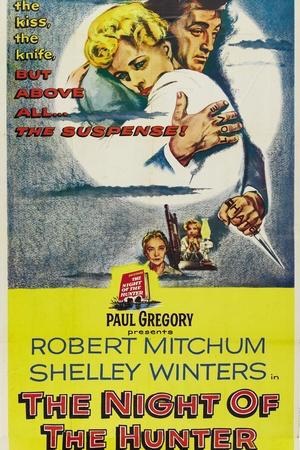
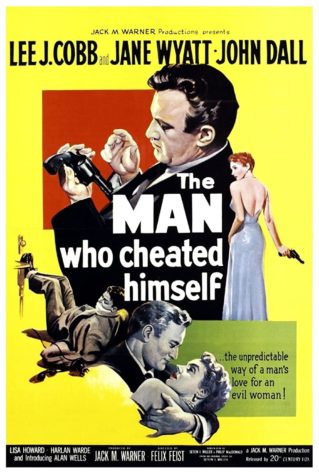
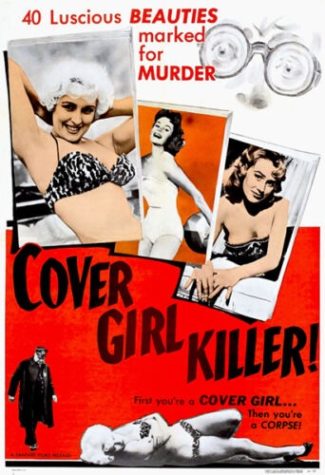
Thrillers and true crime series have come a long way since they first made their appearance, bringing with them the psychological reasons we are drawn to them and the aftereffects no one saw coming. True crime today is thought of as a safe place to experience and handle difficult emotions.
“Engaging with those emotions in a safe, contained and chosen environment like on your couch- can be therapeutic,” said McKenna Princing, the writer of “Why Do We Love True Crime,” from UW Medicine.
Catharsis is the action of releasing strong and suppressed emotions. True Crime provides that safe place to experience these difficult feelings. Women specifically take a liking to true crime because it validates their fears of men and being stalked, sexually assaulted, murdered, etc.
Other examples of catharsis can be screaming on rollercoasters or breaking down during a sad film. They are all normal and common.
“There is some science to watching these, some fascination,” said English teacher Molly Seymour.
The majority of series regarding true stories focus on the criminal and how they make their way to the decisions that made them a criminal. Viewers tend to have more interest in the criminal’s mind than the victim who just happened to be in the plot line.
“With true crime [I just wonder] how people get there, with their mental illness and how so many people get away with things for so long,” said Seymour.
This absorption of the criminal rather than the sufferer can lead to victim blaming and obsession with the culprit. Too many details about the original event will come out and audience members will start targeting the victim’s decisions made in the heat of danger. This also falls onto the families of victims who must rewatch and relive a hard time within their family’s history.
Obsession over criminals has gradually become more common over the past century. According to the APA Dictionary of Psychology, Hybristophilia is the “sexual interest in and attraction to those who commit crimes.”
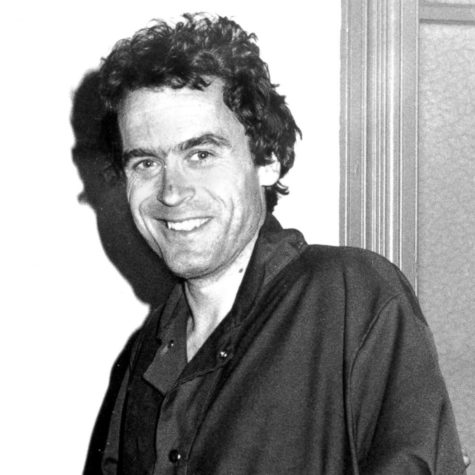
PHOTO COURTESY OF THE WRAP

PHOTO BY THE WRAP (David Vondrak)
True crime has brought more light to the condition that was formerly known as the Bonnie and Clyde Syndrome. Attractions to Richard Ramirez, the Night Stalker and Ted Bundy, the Lady Killer, surfaced over social media after their crimes were turned into entertainment.
The genre as a whole isn’t entirely good or bad but can certainly affect people in both ways. It’s a safe alternative to deal with hard and real emotions but too much can increase our feelings of anxiety and fear. If viewings of these series start to affect your daily life, it may be time to take a break and find leisure in other things.


